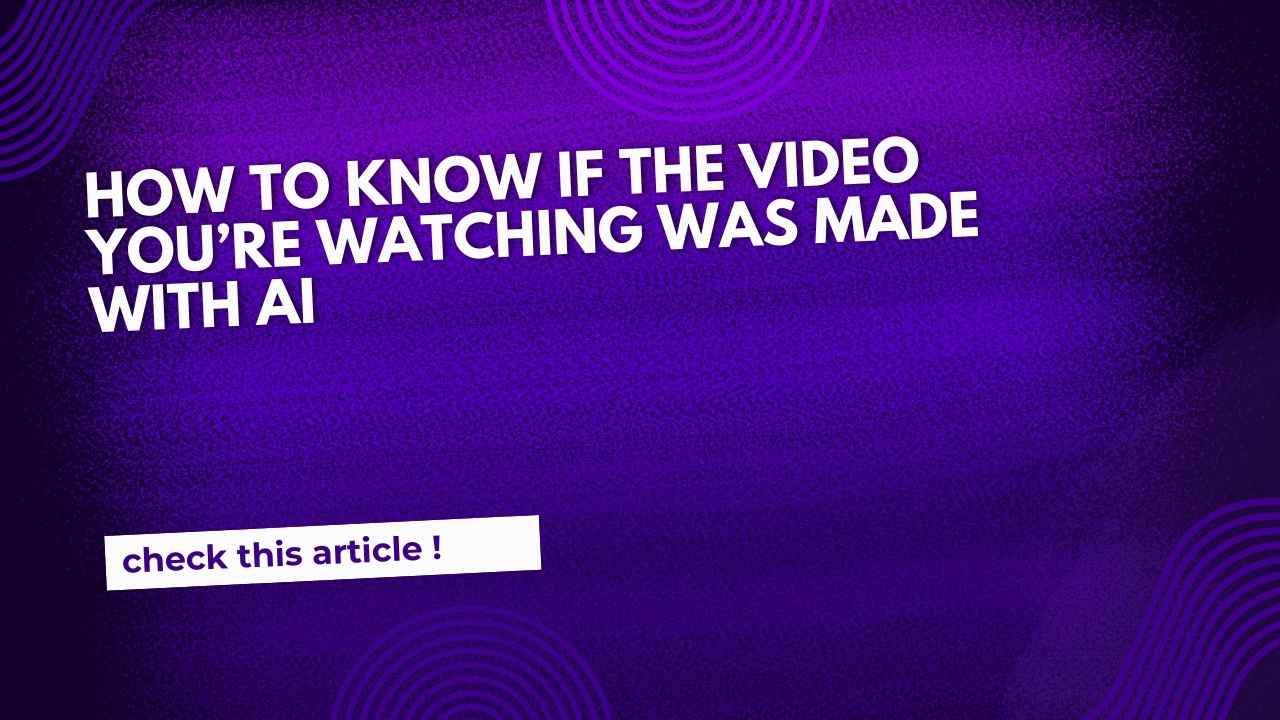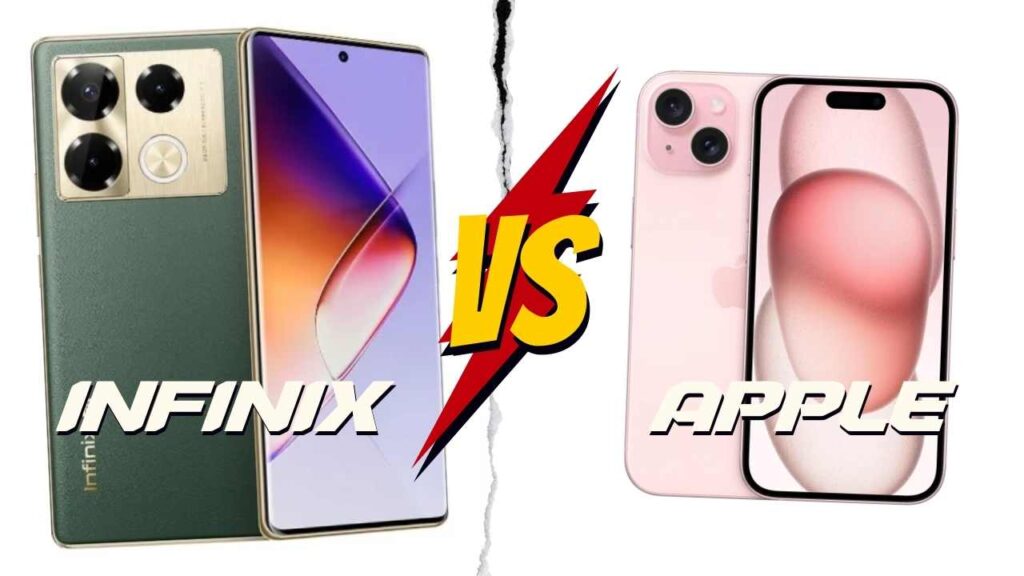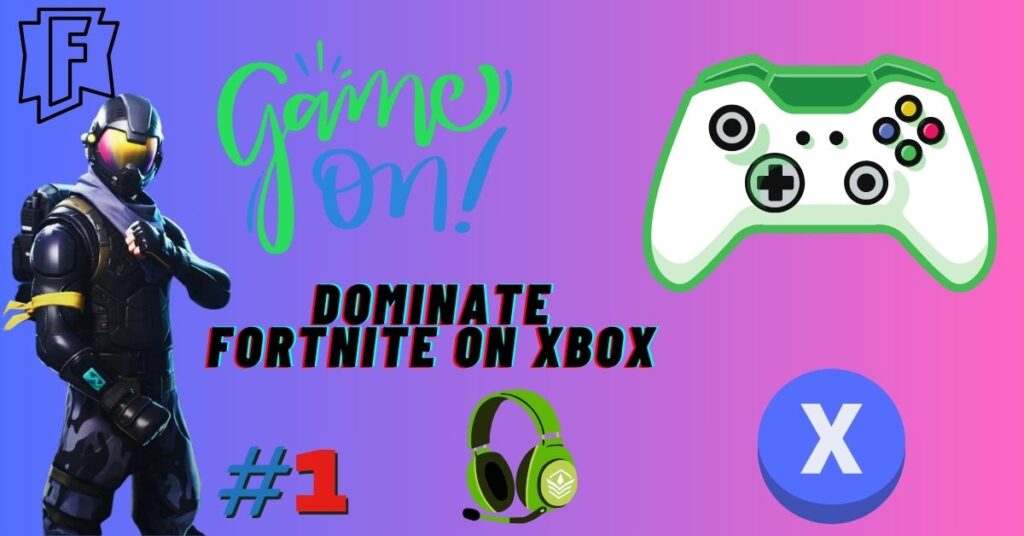How to Know If the Video You’re Watching Was Made With AI

AI is now present in many aspects of contemporary socio-economic reality, ranging from smart assistants to cars. But there is one place where it is making those waves, and that is content creation, especially in video creation. While watching a video, have you ever asked yourself whether it was created by a human being or AI?
How to Know If the Video You’re Watching Was Made With AI
This is an important fact, and as artificial intelligence emerges, for now, it is almost impossible to distinguish AI from other practices. Even as AI-generated videos become more common, it’s important to understand How to Know If the Video You’re Watching Was Made With AI
The Growing Popularity of AI in Video Production
The incorporation of artificial intelligence in video production is on the rise. From the guys who put up content on YouTube to moviemakers in Hollywood, AI is massively reducing the drudgery of video creation. A few years ago, editing,
Adding effects or even scripting requires much work, but most of it is handled by algorithms today. The holographic videos created by AI are easier to develop and are cheaper than those created using more traditional approaches, which is why they are popular in many fields.
What Makes AI-Generated Videos Different from Human-Made Videos?
At first sight, it is possible to confuse the use of AI to make videos with making videos by people; of course not so. However, there are few distinctions between them. I have realized that there is a certain degree of rigidity in AI content; therefore, once one knows the specificities of an AI-written text,
It becomes easy to identify an AI work. The vast majority of such performances are ‘Hollywood; the voices are dubbed and too often mechanical, sometimes way overrehearsed; [all seem] purely mechanical and rid of these instinctive flickers of humanity.
Common Uses of AI in Video Creation
AI has already found its place in videos shot and produced and is already widespread. This technology is applied to everything from automating the video editing process to creating movement and animations, as well as special effects. Applications like RunwayML and Synthesia can help people make videos with a minimum level of interaction with human beings. AI can also do small things like cutting out the clips or adding scene transitions in the video, which used to be time-consuming to do.
AI in Animation and Visual Effects
In animation, AI creates multiple characters and their movements with insignificant intervention of the animators. Special effects also involve using AI for creating backgrounds or building software that adds objects in a scene that the camera captures.
Signs That the Video You’re Watching Was Made With AI
So, how can you tell if a video was made with AI? Here are some signs:
1. Unnatural Facial Expressions and Movements
Artificial Intelligence even when building characters or avatars, it is normal to observe small imperfections in the facial expressions. For example, they may stop blinking, or their lips do not move co-ordinately with the words being spoken.
2. Oddly Perfect Voiceovers or Narration
If the voiceover to a video does not contain some degree of hesitation, slurring, or variation in tone and speed, then the likelihood is it was done by an artificial intelligence. There also exist applications such as Descript that can mimic quite believable but almost pitch-perfect voiceovers.
3. Repetitive or Robotic Behavior
Some forms of AI videos are more rigid and show signs of repetition, such as repeating patterns in the background or characters’ movements. It is often easy to tell that a video was made by AI if the video appears too polished or too ‘mechanical.’
How Fake Technology Plays a Role
What are Deepfakes?
Deepfakes are videos that have been produced using sophisticated artificial intelligence algorithms to alter or add content to actual real-life footage. They can compel someone to look like they did something they never even did. Deepfakes employs machine learning to analyze and recreate people’s gestures, facial movements, and tones of voice.
How to Identify a Fake Video
Detecting deepfakes can be tricky. Look for inconsistencies in lighting, skin texture, or unnatural eye movements. Sometimes, AI struggles with tiny details like getting the blink rate or skin texture exactly right, making it possible to spot deepfakes with a keen eye.
AI in Motion Graphics and Special Effects
The use of AI in motion graphics has taken a new dimension through the automation of the production of complex visual effects. Whether or not it is smoke, fire, or explosion, the AI intensifies these components, making it almost impossible to differentiate between IAA and an actual event.
How AI is Used in Video Editing Software
Some examples of the usage of AI in editing include: Adobe Premiere Pro comes with a built-in AI tool called Sensei to ease editing. It can analyze the clips and advise on the next perfect shots, transitions, or effects to use, thereby helping reduce the time and effort required to create the videos.
The Role of AI in Generating Realistic Avatars and Characters
How can we forget to see a virtual influencer? Marketing and social media avatars that are created by AI are more realistic in the present day. Some of these AI influencer characters, such as Lil Miquela, are processed to the extent that the audience cannot distinguish between virtual figures and real-life personalities.
How AI-Generated Videos are Used in Marketing and Advertising
Marketing is one of the fields in which AI-generated videos are most effective. In enhancing aspects of ads, it is possible to employ the help of AI to create targeted ads for particular segments of the audience to better appeal to them. AI can create product demos that seem as real as the live ones.
The Impact of AI on Social Media Videos
Social media platforms like TikTok, Instagram, and YouTube are at the forefront of AI-generated content. Short videos, especially those with motion graphics, are often created using AI tools, which allow for rapid production at scale.
Tools Used to Create AI-Generated Videos
There are numerous tools available for creating AI-generated videos. Some of the most popular include:
- RunwayML: A tool that uses machine learning to generate visual effects and animations.
- Synthesia: Allows creators to produce AI-generated avatars that speak in multiple languages.
- DeepBrain: Focuses on creating hyper-realistic avatars and characters.
Ethical Concerns Around AI-Generated Content
AI in video production raises several ethical concerns. Deepfakes, for example, can be used to spread misinformation or manipulate public opinion. Additionally, AI-generated content can infringe on copyright laws, especially when the videos are created by synthesizing other people’s work.
Can AI-Generated Videos Be Trusted?
While AI-generated videos are fascinating, it’s crucial to remain skeptical. Always check the source and context of the video. If a video seems too polished or too perfect, it might be the work of AI.
Conclusion
AI is undoubtedly revolutionizing video production, making it easier and faster to create visually stunning content. However, with this comes the challenge of distinguishing between AI-generated videos and human-made ones. By understanding the signs and staying aware, you can better navigate this new digital landscape.
If you find this article helpful, please make comments and support us.
FAQs: How to Know If the Video You’re Watching Was Made With AI
1. What are the most common signs of AI-generated videos?
Unnatural movements, overly perfect voiceovers, and repetitive patterns are some key indicators of AI-generated content.
2. What is a deepfake, and how can I spot one?
A deepfake is an AI-generated video that manipulates existing footage. Look for odd lighting, inconsistent skin textures, and unnatural eye movements.
3. Why are AI-generated videos so popular?
They are faster and cheaper to produce than human-made videos, making them attractive for marketing, social media, and even entertainment.
4. Can AI-generated videos be used for harmful purposes?
Yes, deepfakes and other AI-generated videos can spread misinformation or be used in unethical ways, like manipulating public opinion.
5. Which tools are used to create AI-generated videos?
Popular tools include RunwayML, Synthesia, and DeepBrain, all of which use machine learning to automate video production.
Source | Via






